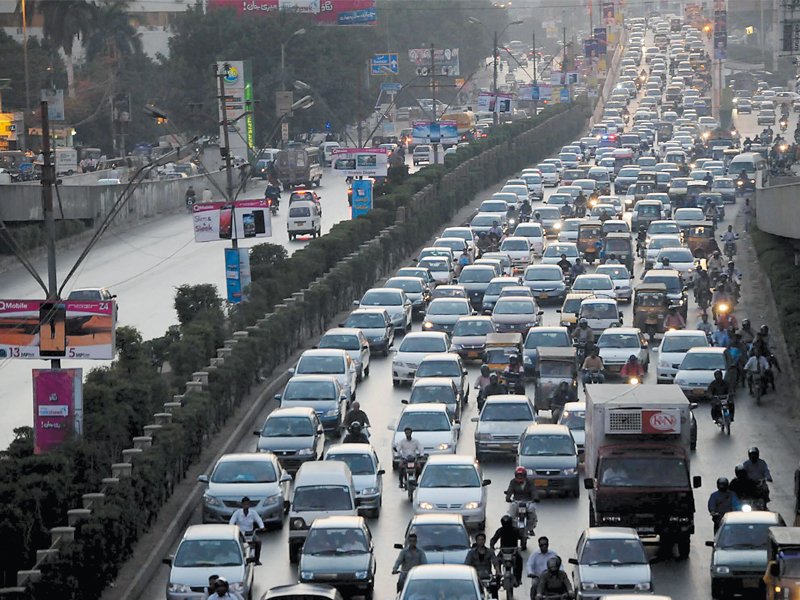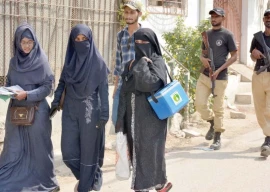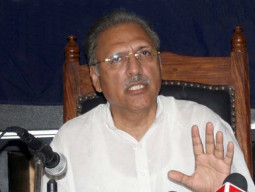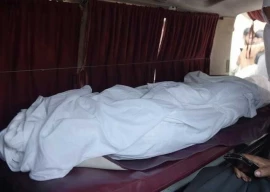
Unplanned highrise buildings, concentric traffic patterns, use of adulterated oil and lack of maintenance of roads and vehicles have worsened the condition. These coupled with traffic composition and poor traffic management have led to significant emissions of greenhouse gases.

According to the findings of the ‘Study of the Karachi Transportation Improvement Project’, conducted in 2012 by the Karachi Traffic Engineering Bureau, the air pollution levels along the city’s roads and at intersections far exceed the limits recommended by the National Environmental Quality Standards of Pakistan.
The same study also shared alarming figures on the estimated increase in vehicular load. Using sophisticated trip generation models, the number of trips generated was 29 million in 2020 and 33 million in 2030, which is the sum of the trips by travel mode. Compared to 2010, these values are 1.5 times and 1.7 times more, respectively. If urban spread continues at the same rate, the average time it takes to travel in the city will also increase.
Get your facts
It is, nevertheless, unfortunate that the factors that are leading to an increase in traffic load and harmful emissions are not being addressed. There are grandiose plans to start a Bus Rapid Transit System, reviving the Karachi Circular Railway and introducing more CNG buses. By the way, what happened to the ones imported a few years back?. However, what is needed first is a comprehensive effort to understand the scale of the problem before planning and implementing new project-based interventions.
Firstly, the authorities must establish relations between the air quality of traffic corridors and the volume of the vehicles going through them, their movement and the development works around these traffic corridors.
There is an urgent need to document the emission levels from vehicular transport in primary traffic corridors, not on a random, but a continual basis for future reference. This will help determine how effective any greenhouse gas reduction strategies are for the promotion of environmentally sustainable urban transport.
Pakistan has a serious shortcoming in identifying what constitutes environmentally sustainable urban transport and there is an urgent need to document this issue. By applying modern information technology tools, the country needs to develop a model framework that can assess the effects of urban transport on air quality. They can also record air quality data on Geographic Information System (GIS) and develop relationships with other methods to reduce emissions.
This will have to be a goal-oriented exercise with a strictly observed schedule and use of high quality instruments that are placed in strategically located permanent ‘monitoring and documentation’ stations to ensure the data-gathering procedure is reliable.
The starting point could be developing a selection criterion and identifying which corridors can be used for the study. A satellite map of Karachi will have to be prepared with the monitoring data that can be transferred from the field log in Global Positioning Systems (GPS) unit to the GIS. All information will have to be updated regularly and may be accessed by other users and stakeholders.
Hidden costs
Traffic-related pollution is not only harming residents but also our architectural heritage, for example, parts of Saddar downtown. A serious shortcoming with us in all sectors of development is an aversion to collect comprehensive ‘primary data’ and establish the relevant trends and future scenarios.
As we make progress towards introducing large scale mass transit projects, there is a need to establish a comprehensive ‘databank’ through widespread survey and analysis to evolve an effective transportation management plan, along with an environmental management and emission monitoring plan, updated on a continual basis.
The writer is an urban planner and runs a non-profit organisation based in Karachi city focusing on urban sustainability issues. He can be reached at fanwar@sustainableinitiatives.org.pk
Published in The Express Tribune, January 27th, 2014.

















COMMENTS (1)
Comments are moderated and generally will be posted if they are on-topic and not abusive.
For more information, please see our Comments FAQ